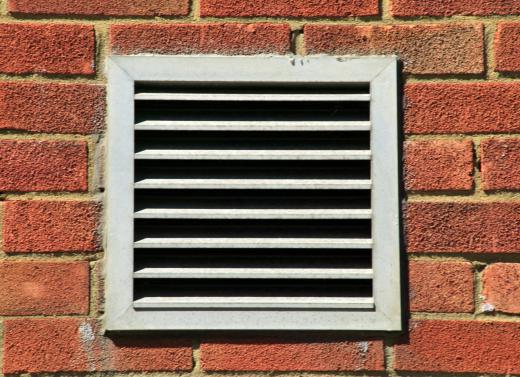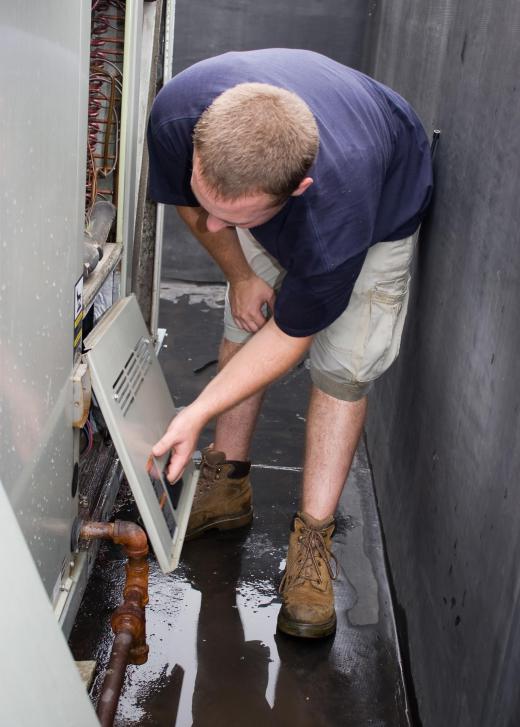HVAC diffusers are outlet vent points on heating, ventilation and air conditioning (HVAC) systems. Although they are occasionally used as return air vents, their main purpose is to introduce conditioned air into a space in such a way that even distribution and mixing is achieved with minimum noise. HVAC diffusers are produced in a variety of standardized sizes and are generally square, rectangular or round; they typically feature sets of louvers or fins that direct air flow in a preset pattern. Larger, industrial diffusers may include adjustable louvers or dampers, which can be manually or automatically adjusted to control airflow volumes. Although diffusers are often seen as no more than decorative grills for inlet vents, they play an essential role in the efficacy of HVAC systems and should be correctly matched to any given application.
The conditioned air produced by HVAC systems requires correct introduction into any space for it to realize its full potential. Haphazard conditioned air inflow into a room can cause localized hot and cold spots and completely rob the area of much of the benefit of heating and ventilation. Uncontrolled inflow of air can also be annoyingly noisy. HVAC diffusers reduce the velocity of the incoming airflow and direct it to ensure effective mixing and maximum benefit with minimum noise.

Most HVAC diffusers used in domestic and light commercial applications are no more than clip- or screw-on grills made of light-gauge metal, plastic or wood that cover inlet vents. The diffuser has a number of louvers or grill fins arranged in a specific pattern, superimposed over the vent opening. These louvers or fins offer a directional obstacle to the incoming air, reducing its velocity and forcing it in a specific direction. Diffuser grills may be linear in design and direct the air upward or to the side, or they may have radial fins that distribute the air evenly in a 360° pattern or a preset arc. These patterns of directional air flow have to be matched to the specific space to ensure adequate mixing of conditioned air.

Heavy industrial diffusers are similar in design but may include adjustable dampers. These devices can be turned manually or remotely operated via a solenoid driven by a central control system. These adjustable dampers can direct air flow in a specific direction, control the volume of the airflow or produce a combination of both functions. These HVAC diffusers are generally constructed of aluminum or steel and are larger and more utilitarian by design than domestic varieties.

Domestic HVAC diffusers are available in a wide range of attractive finishes and designs and can compliment the décor of a space rather than becoming an eyesore. Their importance as essential parts of the air conditioning system should not be forgotten, though. Diffusers should never be obstructed in any way and, if replaced or moved, should be matched with a similar design or re-installed in the correct orientation.
